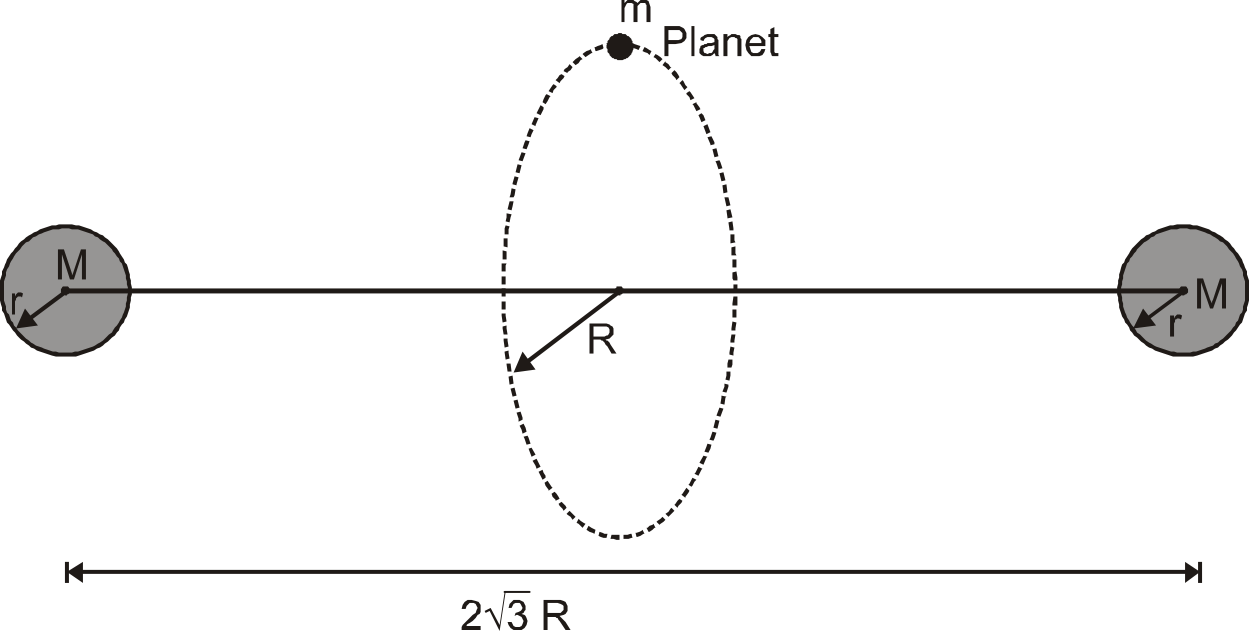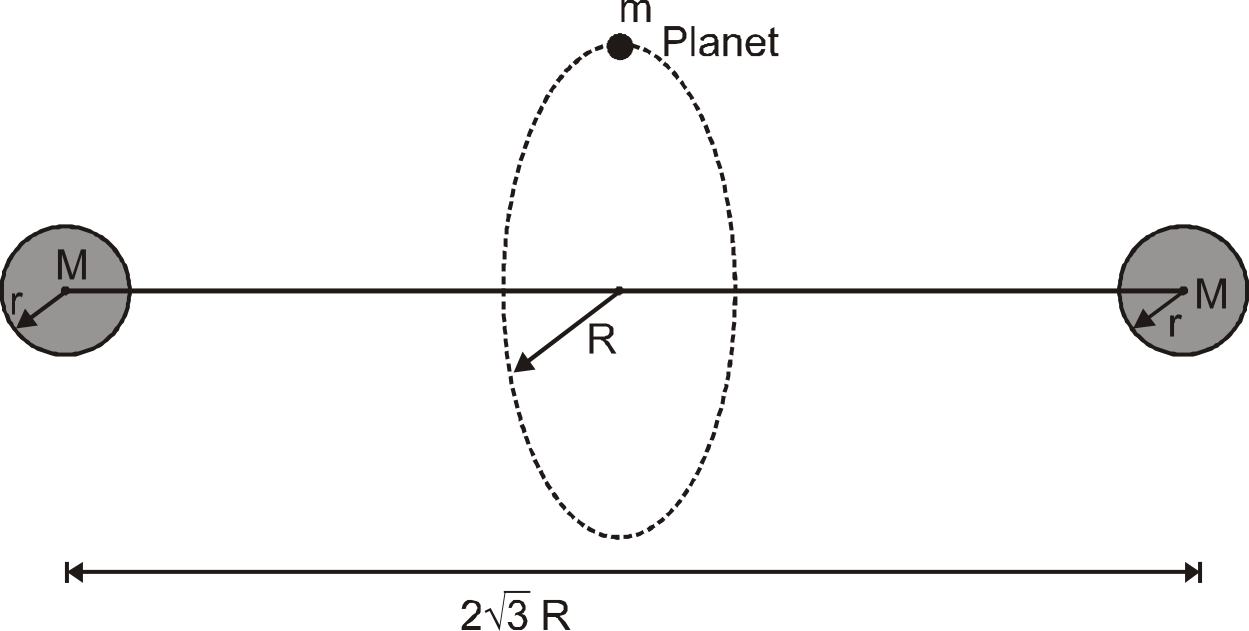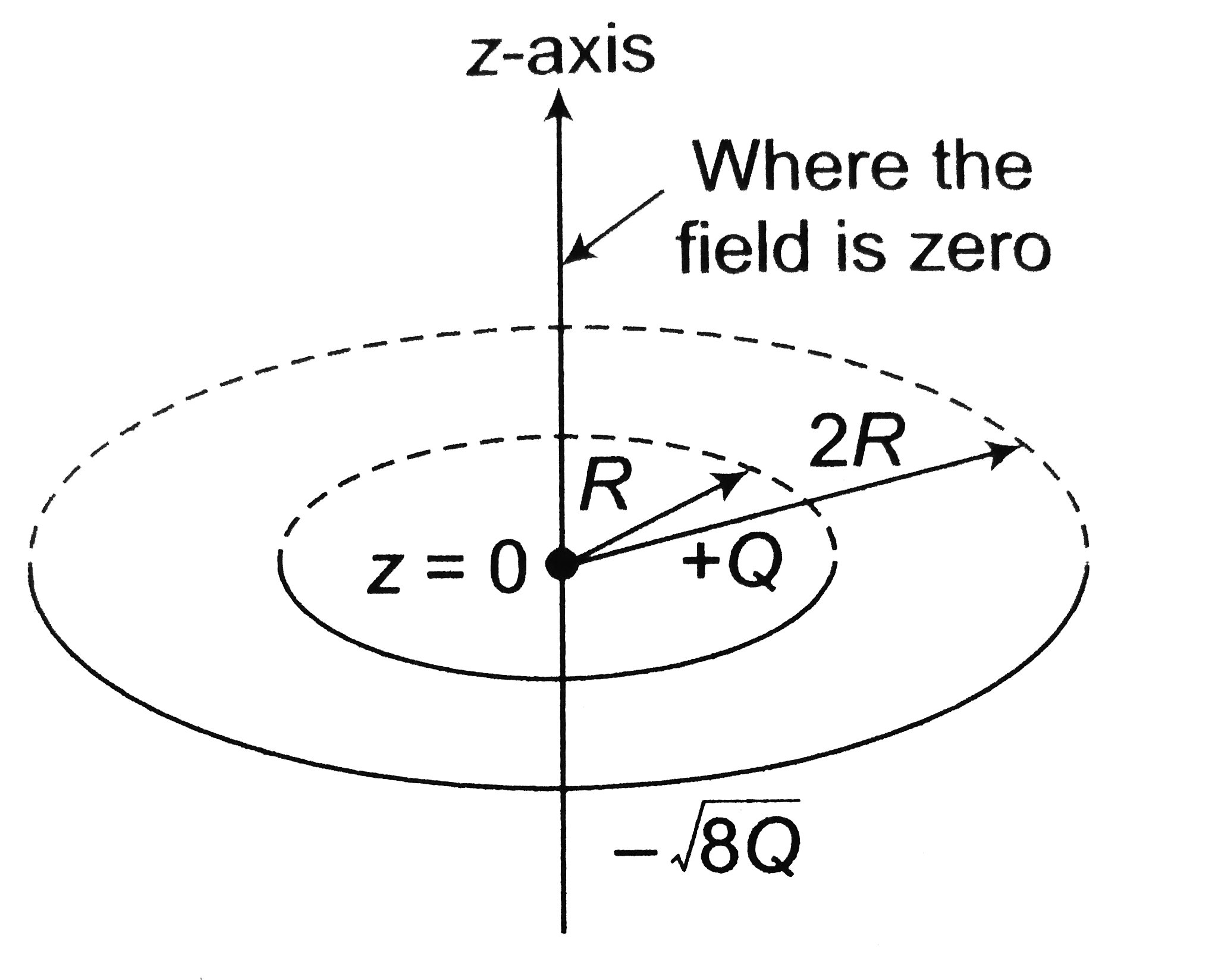A : The centre of sensitivity of our eyes coincides with the centre of the wavelength distribution of the sun.
R : Humans have evolved with visions most sensitive to the strongest wavelength from the sun.
If both Assertion & Reason are true and the reason is the correct explanation of the assertion, then mark (1)
If both Assertion & Reason are true but the reason is not the correct explanation of the assertion, then mark (2)
If assertion is true statement but Reason is false, then mark (3)
If both Assertion and Reason are false statements, then mark (4)
The correct Answer is:A
To solve the assertion and reason question, we need to analyze both statements and determine their validity.
Step 1: Analyze the Assertion
The assertion states: "The centre of sensitivity of our eyes coincides with the centre of the wavelength distribution of the sun."
- The human eye is sensitive to certain wavelengths of light, primarily in the visible spectrum (approximately 400 nm to 700 nm).
- The sun emits light across a range of wavelengths, with a significant portion in the visible spectrum.
- The peak sensitivity of human vision occurs around the green part of the spectrum (around 555 nm), which is close to the center of the sun's wavelength distribution.
Conclusion for Assertion: The assertion is correct.
Step 2: Analyze the Reason
The reason states: "Humans have evolved with visions most sensitive to the strongest wavelength from the sun."
- While it is true that humans have evolved to be sensitive to visible light, the statement implies that our sensitivity is specifically tuned to the "strongest" wavelength from the sun.
- The sun emits a continuous spectrum of light, and while humans are most sensitive to green light, this does not mean that our vision is solely based on the strongest wavelength. We can perceive a range of wavelengths, and our vision has evolved to be effective in the natural light conditions provided by the sun.
Conclusion for Reason: The reason is incorrect.
Step 3: Combine Conclusions
- The assertion is true, while the reason is false.
Final Answer
The correct option is that the assertion is true, but the reason is false.
---
The assertion states: "The centre of sensitivity of our eyes coincides with the centre of the wavelength distribution of the sun."
- The sun emits light across a range of wavelengths, with a significant portion in the visible spectrum.
- The peak sensitivity of human vision occurs around the green part of the spectrum (around 555 nm), which is close to the center of the sun's wavelength distribution.
The reason states: "Humans have evolved with visions most sensitive to the strongest wavelength from the sun."
- The sun emits a continuous spectrum of light, and while humans are most sensitive to green light, this does not mean that our vision is solely based on the strongest wavelength. We can perceive a range of wavelengths, and our vision has evolved to be effective in the natural light conditions provided by the sun.
- The assertion is true, while the reason is false.
The correct option is that the assertion is true, but the reason is false.
Topper's Solved these Questions
- ELECTROMAGNETIC WAVESBook:AAKASH INSTITUTE ENGLISHChapter:ELECTROMAGNETIC WAVESExercise:ASSIGNMENT SECTION - C Previous Years Questions
Explore 22 Videos
- ELECTROMAGNETIC INDUCTIONBook:AAKASH INSTITUTE ENGLISHChapter:ELECTROMAGNETIC INDUCTIONExercise:ASSIGNMENT(SECTION -D) Assertion-Reason type Question)
Explore 15 Videos
- ELECTROSTATIC POTENTIAL AND CAPACITANCE Book:AAKASH INSTITUTE ENGLISHChapter:ELECTROSTATIC POTENTIAL AND CAPACITANCE Exercise:ASSIGNMENT SECTION - D
Explore 9 Videos
Similar Questions
Knowledge Check
The diameter of the pupil of human eye is about 2mm. Human eye is most sensitive to the wavelength 555nm. Find the limit of resolution of human eye.
A1.2 minB2.4 minC0.6 minD0.3 min
Consider a hypothetical solar system, which has two identical massive suns each of mass M and radius r, seperated by a seperation of 2√3R (centre to centre). (R gtgtgtr). These suns are always at rest. There is only one planet in this solar system having mass m. This planet is revolving in circular orbit of radius R such that centre of the orbit lies at the mid point of the line joining the centres of the sun and plane of the orbit is perpendicular to the line joining the centres of the sun. Whole situation is shown in the figure.

View SolutionConsider a hypothetical solar system, which has two identical massive suns each of mass M and radius r, seperated by a seperation of 2√3R (centre to centre). (R>>r). These suns are always at rest. There is only one planet in this solar system having mass m. This planet is revolving in circular orbit of radius R such that centre of the orbit lies at the mid point of the line joining the centres of the sun and plane of the orbit is perpendicular to the line joining the centres of the sun. Whole situation is shown in the figure.

Q. Speed of the planet is
View SolutionConsider a hypothetical solar system, which has two identical massive suns each of mass M and radius r, seperated by a seperation of 2√3R (centre to centre). (R gtgtgtr). These suns are always at rest. There is only one planet in this solar system having mass m. This planet is revolving in circular orbit of radius R such that centre of the orbit lies at the mid point of the line joining the centres of the sun and plane of the orbit is perpendicular to the line joining the centres of the sun. Whole situation is shown in the figure.

Q. Average force on the planet in half revolution is
View SolutionTwo concentric rings, one of radius R and total charge +Q and second of radius 2R and total charge −√8Q, lie in x−y plane (i.e., z=0plane). The common centre of rings lies at origin and the common axis coincides with z-axis. The charge is uniformly distributed on both rings.
At what distance from origin is the net electric field on z-axis zero?

View SolutionThin films, including soap bubbles and oil show patterns of alternative dark and bright regions resulting from interference among the reflected ligth waves. If two waves are in phase, their crests and troughs will coincide. The interference will be cosntructive and the amlitude of resultant wave will be greater then either of constituent waves. If the two wave are not of phase by half a wavelength (180∘), the crests of one wave will coincide width the troughs of the other wave. The interference will be destructive and the ampliutde of the resultant wave will be less than that of either consituent wave.
1. When incident light I, reaches the surface at point a, some of the ligth is reflected as ray Ra and some is refracted following the path ab to the back of the film.
2. At point b, some of the light is refracted out of the film and part is reflected back through the film along path bc. At point c, some of the light is reflected back into the film and part is reflected out of the film as ray Rc.
Ra and Rc are parallel. However, Rc has travelled the extra distance within the film fo abc. If the angle of incidence is small, then abc is approxmately twice the film's thickness .
If Ra and Rc are in phase, they will undergo constructive interference and the region ac will be bright. If Ra and Rc are out of phase, they will undergo destructive interference and the region ac will be dark.
I. Refraction at an interface never changes the phase of the wave.
II. For reflection at the interfere between two media 1 and 2, if n1>n2, the reflected wave will change phase. If n1<n2, the reflected wave will not undergo a phase change.
For reference, nair=1.00.
III. If the waves are in phase after reflection at all intensities, then the effects of path length in the film are:
Constrictive interference occurs when 2t=mλ/n,m=0,1,2,3,...
Destrcutive interference occurs when 2t=(m+12)λn,
m=0,1,2,3,...
If the waves are 180∘ out of the phase after reflection at all interference, then the effects of path length in the film ara:
Constructive interference occurs when
2t=(m+12)λn,m=0,1,2,3,...
Destructive interference occurs when
2t=mλn,m=0,1,2,3,...
The average human eye sees colors with wavelength between 430 nm to 680 nm. For what visible wavelength (s) will a 350 nm thick (n=1.35) soap film produce maximum destructive interference?
View SolutionThe small dense stars rotate about their common centre of mass as a binary system, each with a period of 1 year. One star has mass double than that of the other, while mass of the lighter star is one-third the mass of the Sun. The distance between the two stars is r and the distance of the earth from the Sun is R, find the relation between r and R.
View SolutionThe light from the sun is found to have a maximum intensity near the wavelength of 470nm. Assuming that the surface o f the sun emits as a blackbody, calculate the temperature of the surface of the sun.
View Solution

